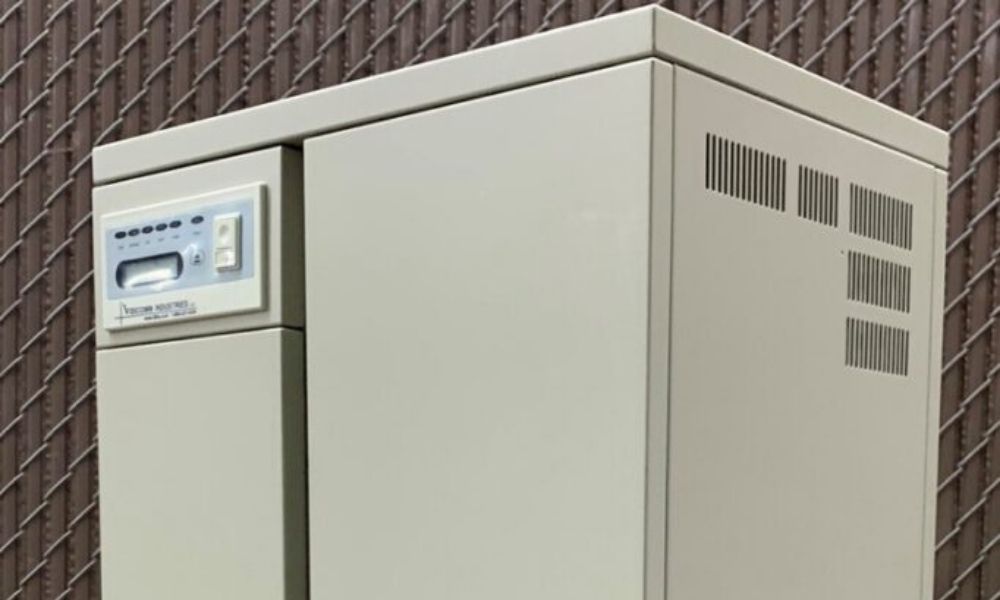Relays are vital tools that industrial companies around the world use. But what are relays, and what’s the difference between electromagnetic and solid-state versions? Keep reading to learn what you need to know about solid-state and electromagnetic relays.
What’s a Relay?
Relays are electromagnetically or electronically operated switches that allow you to open and close circuits. They use small electric signals to switch much larger electrical signals on or off. These versatile power switching solutions come in two forms: electromagnetic and solid-state. Below, we’ll explain what you need to know about solid-state vs. electromagnetic relays.
Electromagnetic Relay (EMR)
Electromagnetic relays (EMRs) consist of three parts: an electromagnet (or coil), an armature, and contacts (movable and stationary). When you switch on power to the low-voltage control circuit, the current flows through the coil, granting it magnetic properties. This magnetic force tugs on the armature, which connects the movable contact and stationary contact and turns the relay on. While EMRs produce less heat than SSRs, they’re noisy, erode during prolonged switching, can cause arch formations and voltage surges, and have a much shorter lifespan than SSRs, factors that ultimately make them the less versatile and less popular option.
Solid-State Relay (SSR)
Unlike EMRs, solid-state relays (SSRs) don’t contain electromagnets or moving contacts. Instead, they consist of an input circuit, an optocoupler, output driver circuits, and semiconductor switching devices such as TRIAC and transistors. When you apply voltage to the input section, the electrical current flows through the optocoupler. This triggers the semiconductor switching device located at the output section and turns the relay on. SSRs have slowly overtaken EMRs as the most popular option thanks to their ease of use, low noise production, extra safety features, and long life span. The main downside of SSRs is that they produce a lot of heat and require heat sinks.
If you need a rotary or solid-state frequency converter for your facility, Visicomm Industries can help. We make our units with quality and performance in mind and ensure our converters meet all applicable safety standards. If you need help choosing the ideal unit for your application or want to request a quote, contact us today!
